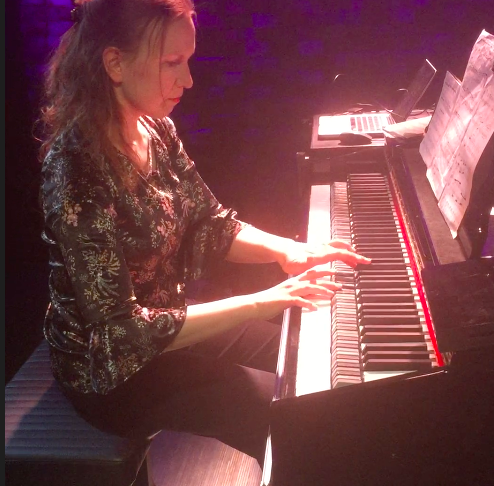Keyboard design - Quartertonepiano
Quarter-Tone Piano Keyboard design
The need for a new kind of piano keyboard
August Förster's acoustic quarter-tone piano is a wonderful example of musical instrument craftmanship during the first half of the 20th century. However, playing quarter-tones on two separate keyboards no longer meets the needs of contemporary music. Contemporary composers treat all pitches equally and not as two separate sets of 12 pitches. In other words, the instrument should enable the player to perform melodic lines and chords that include both traditional white and black keys, and quarter-tone intervals. Unfortunately, tuning a traditional piano keyboard in microtone intervals significantly restricts the ambitus of the instrument. Furthermore, the lack of synchronisation between pressing the keyboard and actually hearing the sound produced can be a challenge for the performer.
We have tried to maintain the familiarity of the traditional piano keyboard so that any musician with a pianistic background can understand the keyboard layout. Due to ergonomical reasons the white keys are doubled: the white forekeys help to keep the hand position natural when performing quarter-tone chords[1]. Imagine a piano keyboard split in half depthwise at the point where the black keys appear: the grey quarter-tone keys emerge at the divide. The design for this quarter-tone keyboard is registered by the Finnish Patent and Registration Office.
The full-length quarter-tone piano keyboard has a normal piano range of slightly over 7 octaves. The three keyboard levels contain a total of 227 keys. The raised backmost level has the usual 88 keys, the middle level has 87 grey keys and the foremost level has 52 white keys. (Ex. 7). The grey keys in the middle lie a couple of millimeters to the right compared to the other levels. Personally I perceive the word ‘sharp’ as darker in hue than the word ‘flat’ and therefore the dark grey keys correspond to ¼ sharps while the light grey keys correspond to ¼ flats. But this is naturally a matter of taste.
[1] The easiest fingering for the quarter-tone scale from C upwards would be: 1,2,3,4, 1,2,3,4, 1,2, 1,2,3,4 etc.

The full-lenght quarter-tone keyboard
Demo video:
Ascending quarter-tone scale with fingerings
